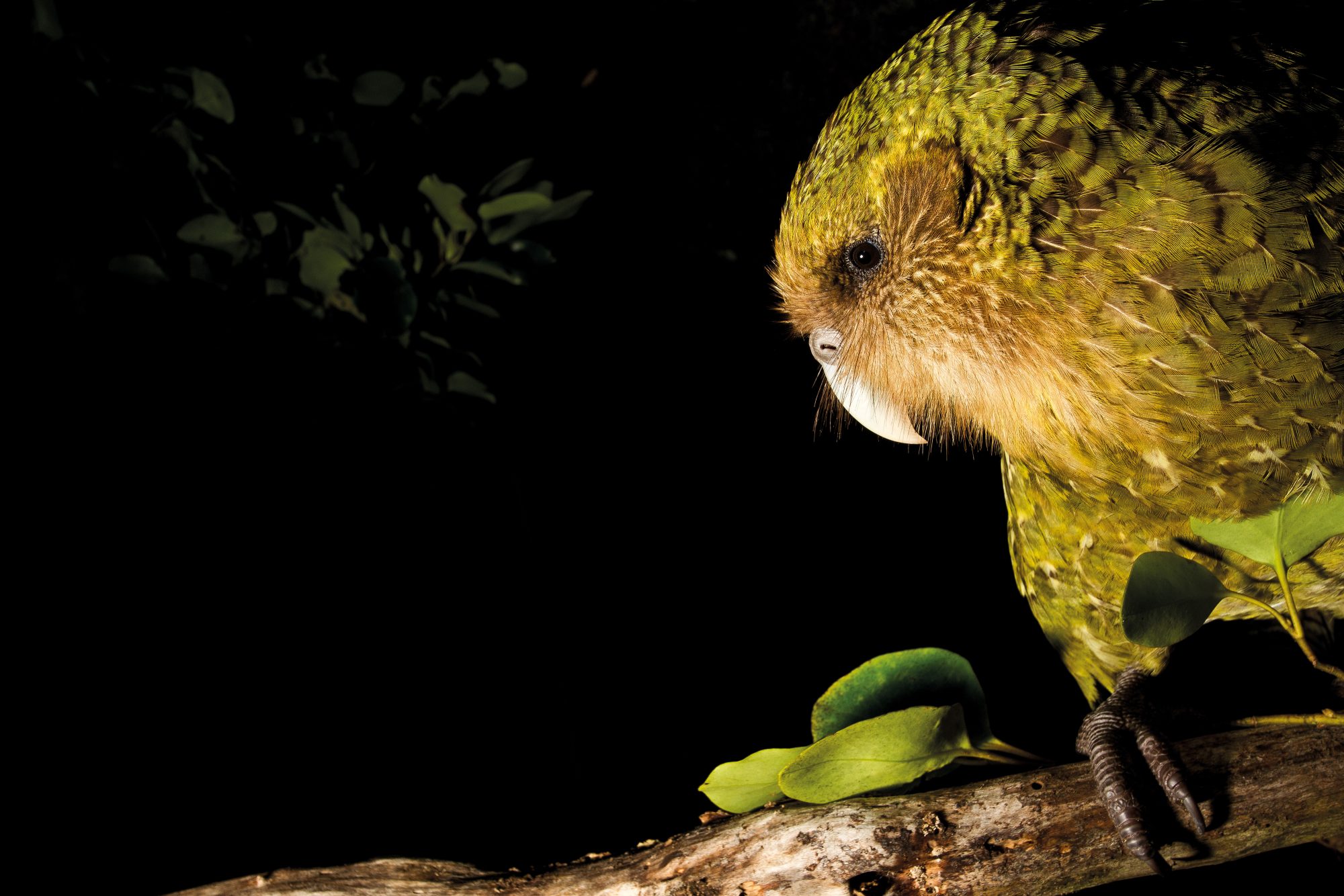
# Revealing the Mysteries Behind the Bright Colors of Parrots: The Chemical Process Explained
Parrots are celebrated for their striking and vividly colorful feathers, often featuring bright reds, radiant yellows, and rich greens. While many avian species obtain their hues from diet-based pigments, such as carotenoids, which signal their health and social standings, parrots possess a remarkable evolutionary adaptation. For the first time, scientists have revealed the chemical process behind the vibrant colors of parrots—particularly the pigments called **psittacofulvins**—providing new insights into the evolutionary importance of parrots’ unique coloration.
## Evolutionary Advancement in Parrots
In contrast to a majority of brightly colored birds that depend on dietary pigments, parrots have developed their own range of pigments. “They exemplify evolutionary innovation,” states Roberto Arbore, an evolutionary biologist at the **Centro de Investigação em Biodiversidade e Recursos Genéticos** in Portugal. Along with his team, under the guidance of Miguel Carneiro, he has discovered that parrots have the singular ability to produce **psittacofulvins**, a pigment that is unique to the parrot family. “These pigments are produced locally within their feathers instead of being sourced from their diet,” he clarified.
While *psittacofulvins* are understood to be the source of parrots’ vivid reds and yellows, their precise chemical structure has remained somewhat elusive. Previous hypotheses regarding their chemical composition have prevailed, but the functional and evolutionary implications of parrots’ striking colors have largely remained a mystery—until now.
## A Comprehensive Molecular and Genetic Study
An exhaustive chemical and genetic investigation has illuminated the enigmas of **parrot plumage**, encompassing all seven recognized superfamilies of parrot species. Arbore and a global group of researchers, which includes pigment chemist **Jindřich Brejcha** from Charles University in Czechia, have successfully clarified the molecular composition and genetic foundation of red and yellow feather coloration. The team’s groundbreaking findings pinpointed a **point mutation** responsible for the variations in feather colors, marking a significant advancement in comprehending the mechanics behind parrots’ vivid colors.
“Psittacofulvins are polyenes with either aldehyde or carboxyl terminal groups,” Brejcha notes. **Polyenes** are molecules that feature alternating double and single bonds, enabling them to generate bright, saturated colors by absorbing and reflecting targeted wavelengths of light. “We observe a combination of carboxylic acids and aldehydes in all feathers, but the essential distinction lies in the **proportion**,” emphasizes Brejcha. In simple terms, red feathers have a greater prevalence of aldehyde-containing psittacofulvins, while yellow feathers are richer in carboxylic acid variants of the pigment.
## Unveiling the Yellow Pigment Production Pathway
For an extended period, it was generally accepted that psittacofulvins were exclusively found in the aldehyde form, synthesized through a cycle reliant on enzymes like **polyketide synthase**, which unites biological precursors *malonyl CoA* and *acetyl CoA*. The identification of the **carboxylic acid variant** in yellow feathers suggested a more complex and previously uncharted biosynthetic pathway. To unravel the final pieces of this intricate chemical narrative, the researchers delved into genetic analysis.
By investigating the genomes of **57 dusky lories**, a parrot species endemic to New Guinea that manifests two distinct color morphs—red and yellow—the team uncovered a significant point mutation in the **aldehyde dehydrogenase gene**. This genetic alteration modulates the activity of the enzyme that converts aldehydes into carboxylic acids.
“The aldehyde is converted into a carboxylic acid by the action of the enzyme, so the ratio of psittacofulvin types relies on the gene’s influence on the enzyme,” Brejcha explains. Essentially, this mutation enables the same pigment-production mechanism to produce either red or yellow feathers based on the form of psittacofulvins being generated.
## Looking Ahead: Evolution, Development, and Interactions
While the new chemical insights furnish a robust basis, numerous questions about the evolutionary and adaptive roles of these pigments remain. Researchers in this domain are already poised to explore follow-up inquiries that could illuminate the broader evolutionary framework.
Evolutionary biologist **Jarome Ali** from Princeton University expresses enthusiasm regarding the implications of this research. “This investigation is particularly impressive in its blend of methodologies ranging from genetics to spectroscopy,” Ali observes, “and it raises fascinating questions concerning the regulation of these colors during development. For example, certain parrot species display **multi-color patterns** on individual feathers—how is such complexity managed by this mechanism?”
The technical achievement of this research has garnered acclaim from experts. **Matthew Shawkey**, a